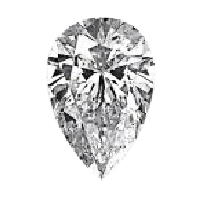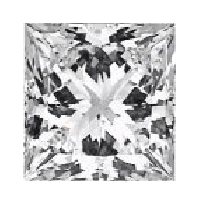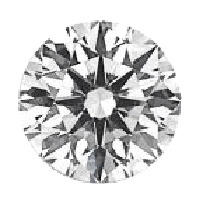Natural Diamond
Natural Diamond
What is Diamond
Diamond is a crystalline form of Carbon. Its rarity makes it extremely valuable and precious. The combination of the 4Cs – Cut, Clarity, Carat and Colour, determines the value of a particular diamond. Diamond as most people know is exquisite and expensive, but few actually understand what it is and how it is form. The following explores where diamond comes from and how it is created.
Carbon is one the most abundant elements that we can find on earth; it is so abundant that human beings contain 18% of it. Diamonds are more than 99.95% pure carbon. The other 0.05% is what the industry calls inclusion – other elements which are mixed with the carbon when a diamond is formed. A 100% pure carbon diamond is completely transparent and nearly impossible to find. As precious as diamonds are, they are merely just carbon bonds and most of their costs goes into finding, making and refining them.
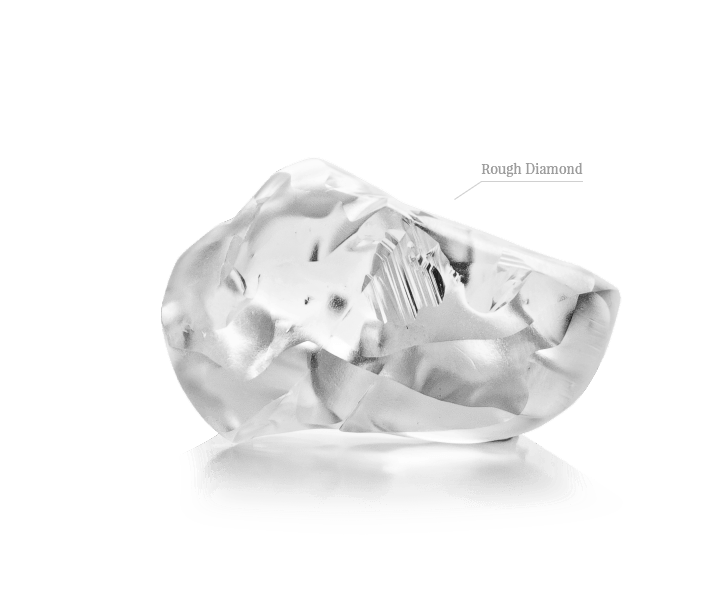
The Shape of Natural Diamond
The Shape of Natural Diamond
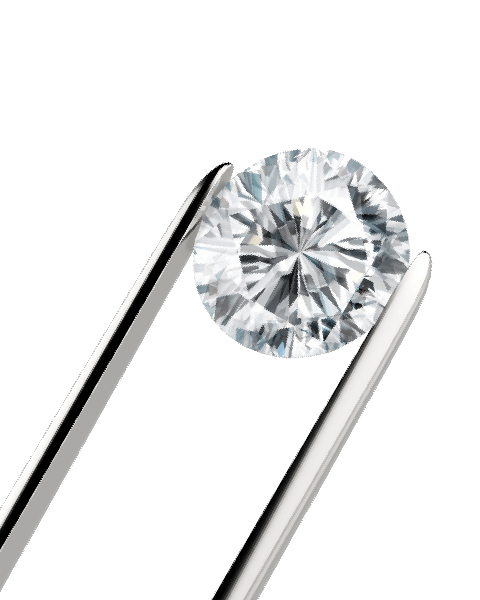


How to care for your Diamond
How to care for your Diamond
Don’t wear it when you’re doing rough work. Even though a diamond is durable, it can be chipped by a hard blow.
Don’t let your diamond come in contact with a chlorine bleach when you’re doing household chores. It can damage and discolor the mounting.
Visit your jeweler at least once a year to check your ring and other precious pieces for loose prongs and wear of mountings.
Keep your precious pieces in a fabric-lined jewel case, or a box with compartments or dividers when you’re not wearing them.
Don’t jumble your diamond pieces in a drawer or jewelry case, because diamonds can scratch other jewelry and can even scratch each other.
Find your perfect diamond.
Find your perfect diamond.

